How to Set Up the Optimal Sleep Environment for Your Baby
Helping your little one sleep better—safely and soundly
As a new parent, you’re probably learning quickly that sleep—both yours and your baby’s—is everything. While there’s no magic wand that guarantees long stretches of sleep (we wish!), setting up an ideal sleep environment can make a big difference in how well your baby settles and stays asleep.
Let’s walk through how to create a calming, safe, and sleep-friendly space for your baby—whether they’re in a crib, bassinet, or room-sharing with you.
⸻
1. Keep the Room Cool & Comfortable
Babies sleep best in a room that’s between 68–72°F (20–22°C). Too hot or too cold can disrupt sleep and even increase the risk of SIDS (Sudden Infant Death Syndrome). Use a simple room thermometer and dress your baby in light, breathable layers—think one more layer than you’d wear to bed.
⸻
2. Darkness is Your Friend
A dark environment helps cue your baby’s brain that it’s time to sleep. Blackout curtains are a game-changer, especially for naps and early bedtimes during daylight months. A dim nightlight can be helpful for nighttime feeds or changes, but keep it low and warm-toned (like amber or red), not bright white or blue.
⸻
3. Use White Noise
White noise can help block out everyday household sounds that might otherwise wake a baby—dogs barking, siblings playing, or a doorbell ringing. It also mimics the womb, which was surprisingly loud! Use a continuous white noise machine (not one that turns off after 30 minutes) and keep it at a safe volume—about the sound of a soft shower from across the room.
⸻
4. Crib Safety is Key
Your baby’s sleep surface should be:
• Firm and flat (no memory foam)
• Free of pillows, blankets, bumpers, or stuffed animals
• Fitted with a snug mattress and tight crib sheet only
Follow the ABCs of safe sleep: Alone, on their Back, in a Crib. These guidelines help reduce the risk of SIDS and ensure your baby has a safe space to sleep.
⸻
5. Avoid Overstimulation at Bedtime
Create a consistent, calming wind-down routine before naps and bedtime. Soft lighting, a short lullaby or book, and gentle cuddles can signal to your baby that sleep is coming. Avoid bright screens, loud toys, or last-minute excitement in the hour before sleep.
⸻
6. Consider Scent & Sleep Associations
While your baby’s sense of smell isn’t as influential as sound or light for sleep, some parents find comfort in gently wearing a baby’s lovey against their skin during the day (without placing it in the crib) to transfer scent—this can later be used for bonding during awake time only.
⸻
7. Stay Consistent
The sleep environment should stay the same for both naps and bedtime as much as possible. That consistency helps your baby associate the space with sleep and feel secure.
⸻
Final Thoughts: Sleep Space Matters
You don’t need to buy every baby gadget on the market to set up the perfect sleep space—simple, safe, and calm is best. Babies thrive on consistency and cues that tell their body it’s time to rest. With the right sleep environment and support, you’re laying the foundation for healthy, independent sleep habits as your baby grows.
Need personalized help setting up your baby’s space or want sleep coaching that meets your parenting style?
We’re here for you.

